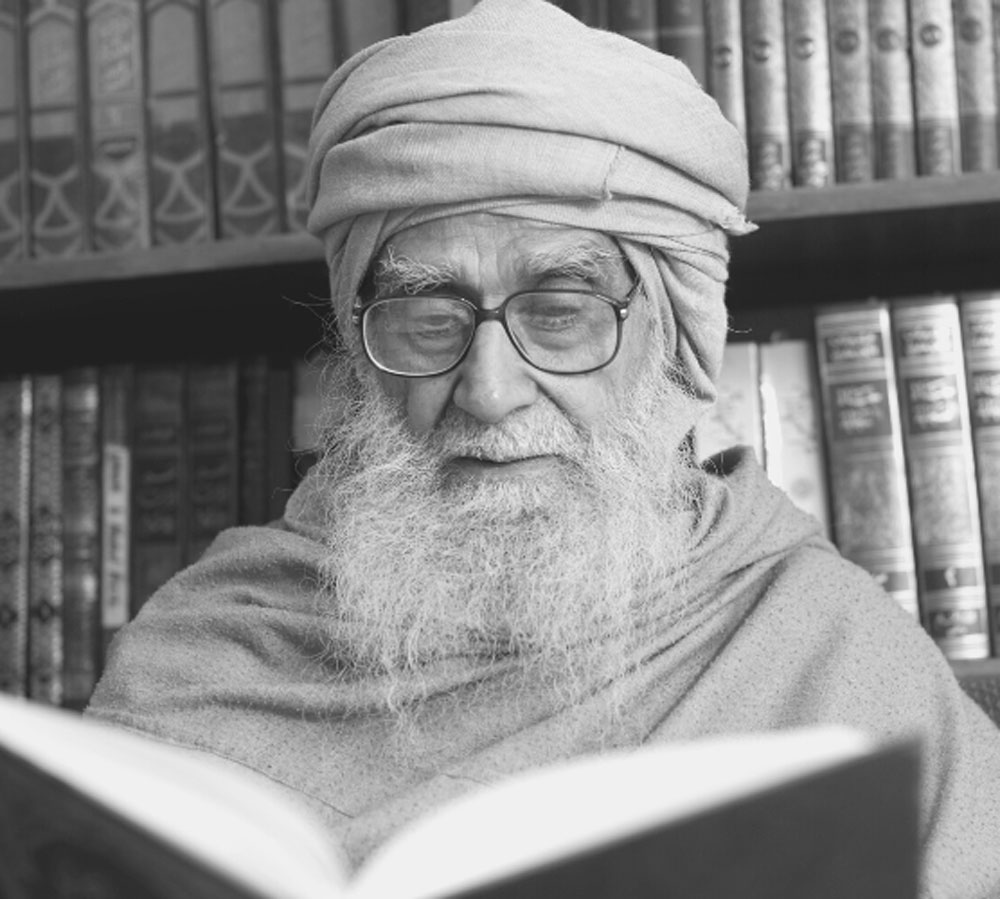DIALOGUE FOR MUTUAL LEARNING
The purpose of authentic inter-religious dialogue is neither to discover any supposed complete uniformity among religions nor to establish any claim of the supposed superiority of one religion over other religions. On the contrary, inter-religious dialogue is important for mutual learning.
It is often thought that inter-religious dialogue’s main or sole purpose is to establish harmony among religious groups. Inter-religious dialogue for this purpose has been going on for a long time. Perhaps the earliest such dialogue was held in Chicago in 1893. In this dialogue, people from all the major religions were present. However, despite many such exercises, harmony among different religious groups remains a distant dream. The question is, why did these exercises not succeed?
According to my understanding, two major inter-religious dialogue models exist. The first model was based on the concept of uniformity. According to this concept, all religions are the same, and there is an essential uniformity in all religions, which needs to be discovered, highlighted, and promoted through inter-religious dialogue. According to this way of thinking, achieving uniformity among all religions is how harmony can be expected between religious groups.
Experience, however, shows that this exercise has not succeeded. This is because it is based on an unreal concept as religions are diverse (while also having some elements in common). The fact is that there is no uniformity in nature. Nature revels in differences. Both the material and human worlds are based on differences. We cannot find any two men or two women who are identical. This is true of religions, too. The word ‘uniformity’ is found in the dictionary but not in the human world. Hence, the formula of establishing religious uniformity through inter-religious dialogue is unrealistic, so it has not been able to make much headway.
The second major model for inter-religious dialogue was based on debate or polemics. Unfortunately, this model was bound to fail in producing harmony between adherents of different faiths since, by nature, debate and polemics, fired by unwarranted supremacist and exclusivist claims, lead to conflict and not to reconciliation.
This situation requires that we reassess the whole matter of inter-religious dialogue. However, first, we need to find a formula other than the above two.
I have studied this matter in detail. I have also participated in many worldwide dialogues at the national and international levels. After my study and based on considerable personal experience, I can suggest a third model for interfaith dialogue, one in accordance with the Creation Plan of God and hence is realistic and feasible.
This third model of inter-religious dialogue is based on positive discussions between people who believe in different religions, leading to mutual learning. This indicates that the purpose of inter-religious dialogue should be neither to discover any supposed complete uniformity among religions nor to establish the claim of the supposed superiority of one religion over other religions. Instead, according to the third model, the major purpose of inter-religious dialogue should be for people from different religious backgrounds to learn about each other and their religions together in a spirit of mutual respect, a process that enriches all dialogue participants.
This formula is not specifically religious. It can be said to be a universal formula. In every walk of life and discipline, we use the same formula—of mutual learning based on mutual respect. We try to learn from others everywhere in education, industry, business, or social life. Mutual learning is the basic formula of life. So, why not apply it to the sphere of religion as well? If we apply this universal formula to inter-religious dialogue, such dialogue becomes part of a universal process based on mutual learning, leading to mutual progress.





